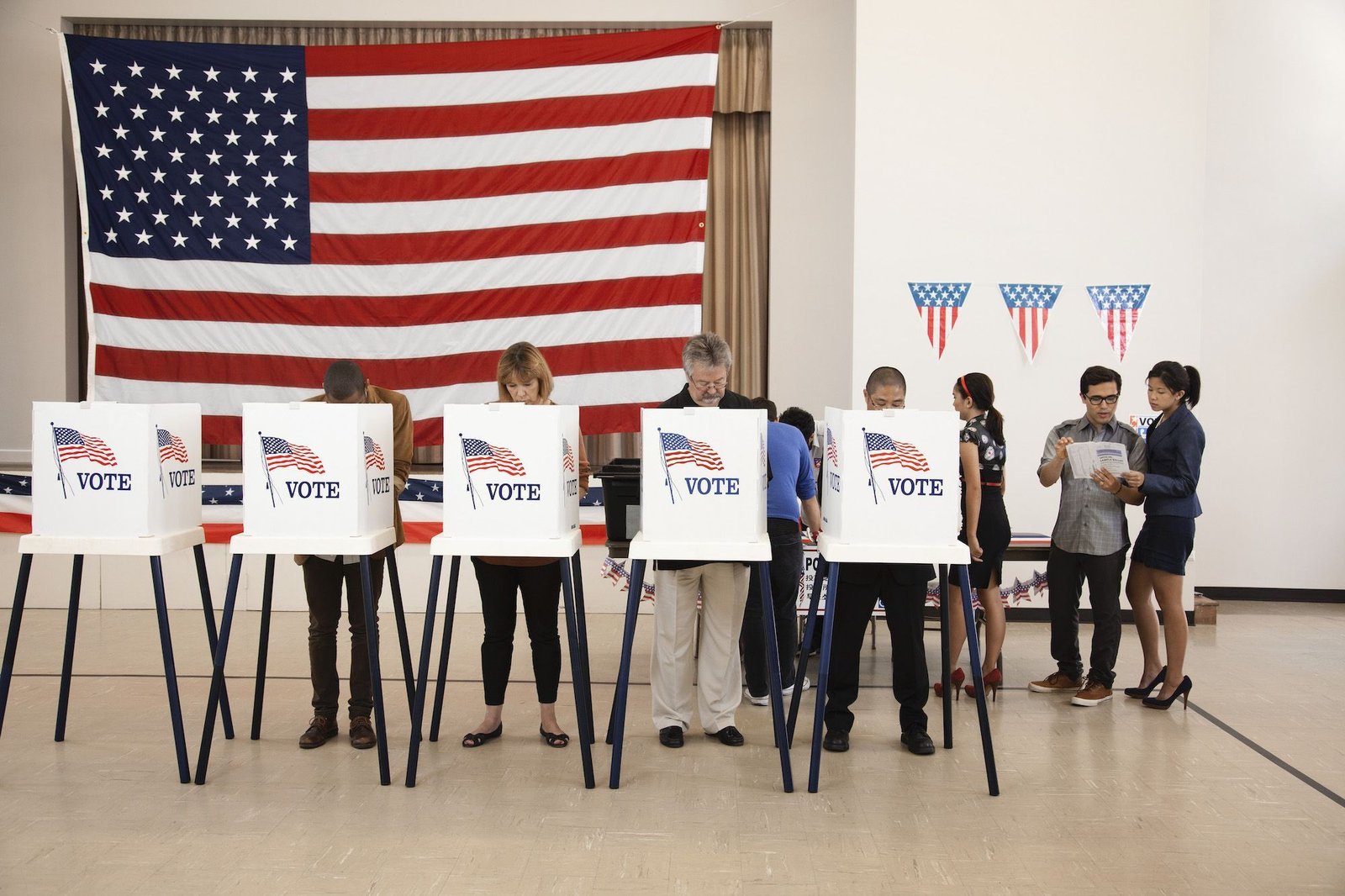U.S. elections are a cornerstone of American democracy, reflecting the will of the people through a complex system of voting that has evolved over centuries. From local city council races to the presidency, U.S. elections are not just about choosing leaders but also about the principles of representation, accountability, and civic participation. Here’s a closer look at how U.S. elections work, the key elements that define them, and the trends shaping the future.
The Structure of U.S. Elections
The United States operates under a federal system, meaning elections take place at multiple levels: local, state, and national. Here’s how they break down:
- Local Elections: These include city council members, mayors, county officials, and school board members. These positions have a direct impact on daily life, from local ordinances to public education.
- State Elections: Governors, state legislators, and other state officials are elected at this level. State governments have significant power in areas like education, infrastructure, and public safety.
- Federal Elections: These include elections for Congress (the House of Representatives and the Senate) and the presidency. Federal elections have broader implications, affecting national policy on issues like the economy, foreign relations, and national security.
The Electoral Process
The U.S. electoral system is governed by a mixture of federal and state laws, with each state having the authority to set many of its own rules. Here are key components:
- Voter Registration: Most states require citizens to register before they can vote. This process can vary widely, with some states allowing same-day registration and others requiring registration weeks in advance.
- Voting Methods: Voters can cast their ballots in several ways, including in-person on Election Day, early voting, and absentee/mail-in voting. The availability and rules for these options differ by state.
- The Electoral College: In presidential elections, the U.S. uses an Electoral College system. Voters technically vote for electors who then cast their ballots for president. Each state has a certain number of electors based on its representation in Congress.
- Primaries and Caucuses: Before general elections, parties hold primaries or caucuses to choose their nominees. Primaries are more common and resemble general elections, while caucuses are community meetings where party members select their candidate.
Key Issues in U.S. Elections
Several issues have come to the forefront of U.S. elections in recent years:
- Voter Access: Debates over voter ID laws, voter roll purges, and the accessibility of polling places have become highly polarized. Advocates argue for measures to prevent fraud, while opponents believe such measures suppress turnout, particularly among minority groups.
- Gerrymandering: The drawing of electoral district boundaries to favor one party has led to significant controversy. Gerrymandering can dilute the power of certain voters, skewing representation in state legislatures and Congress.
- Campaign Finance: The role of money in elections is another contentious issue. The Supreme Court’s Citizens United decision in 2010 allowed for unlimited spending by corporations and unions, leading to the rise of Super PACs and concerns about the influence of wealthy donors on the political process.
- Election Security: With the rise of digital technology, concerns about election security have increased. Issues such as foreign interference, hacking, and misinformation campaigns are at the forefront of efforts to protect the integrity of U.S. elections.
Emerging Trends
Looking ahead, several trends are shaping the future of U.S. elections:
- Increased Voter Engagement: Recent elections have seen record voter turnout, driven by heightened political polarization and significant social movements. This trend suggests that more Americans are recognizing the importance of their vote.
- Voting Reforms: There is growing momentum for reforms like ranked-choice voting, which allows voters to rank candidates in order of preference, and independent redistricting commissions to combat gerrymandering.
- Technology and Voting: While technology offers opportunities for easier voting (such as online registration and mobile voting apps), it also presents challenges in ensuring security and accessibility for all voters.
- Polarization: The U.S. political landscape is becoming increasingly polarized, with sharp divisions between the two major parties. This polarization is influencing everything from campaign strategies to voter turnout and policy-making.
Conclusion
U.S. elections are a dynamic and complex process that plays a critical role in shaping the nation’s future. As the country continues to grapple with issues like voter access, election security, and political polarization, the importance of informed and engaged citizens has never been greater. Whether it’s understanding the intricacies of the Electoral College or participating in local elections, every vote contributes to the broader democratic process. As the landscape of U.S. elections evolves, so too does the ongoing conversation about how best to uphold the principles of democracy in a diverse and ever-changing society.
